Menu
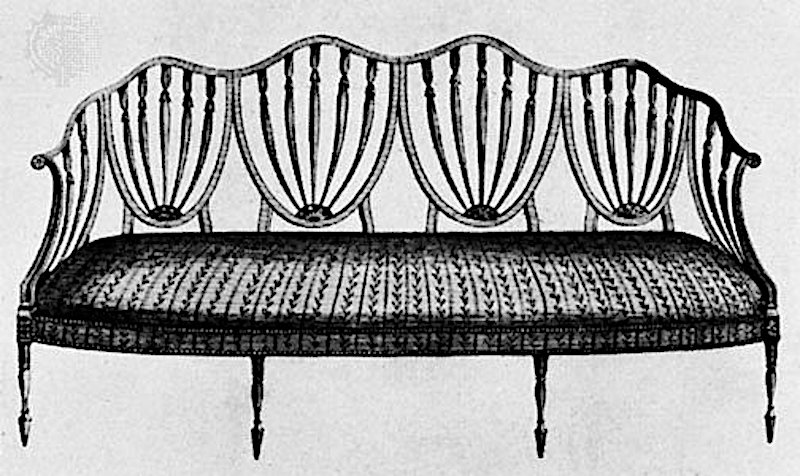
George Hepplewhite designed furniture in the Neoclassical style, as did Chippendale and Sheraton. Like them, he was famous throughout the English speaking world, less as a creator of furniture, and more for his impeccable book of furniture design: The Cabinet-Maker and Upholsterer’s Guide.
As with Sheraton, Hepplewhite’s designs were slightly more delicate, simple and light in feel, than the work of Chippendale.
Little is known about Hepplewhite. He may have been an apprentice to the famous Gillow’s firm of cabinet makers in Lancashire, before moving to London to seek his fortunes.
A unique selection of antique furniture for sale.
This was a well known and respected company in Lancashire and London at the time. It was mentioned in the literature of Jane Austen and in the records of several well known contemporary figures.
He may have been born in County Durham, but this isn’t known for sure. He was believed to have been born around 1727, and to have died in the summer of 1786. His book of designs was released two years later in 1788, by his wife, Alice Hepplewhite.
This showcased around 300 stunning designs in the Neoclassical style so popular in that later part of the 18th Century, with further editions being released in 1789 and 1790.

These books were a huge success, and like the guides produced by Chippendale and Sheraton, they were taken up avidly by makers across the water in North America.
In the USA today, Hepplewhite is credited to be the originator of the modern day sideboard, and to have birthed the popularity of smaller drawers and side cabinets. Two of the greatest American cabinet makers, worked to the Hepplewhite designs.
The posthumous nature of these releases, has created speculation as to whether in fact Alice Hepplewhite, his wife, was the author of these publications.
It has been suggested that she perhaps published under her deceased husband’s name, or under a created male persona, as it was harder for women to publish, or to gain recognition in that era. She may very well have invented George Hepplewhite as a character, as so little record of him exists.
There is also a question mark as to the origin of the designs. Some of them closely resemble the work of Hepplewhite’s contemporary, James Wyatt.
So with all of this mystery, and with no authenticated surviving furniture made by Hepplewhite himself, why is he/she considered to be one of the great three British furniture makers of the Georgian age? Especially when the competition at that time was so fierce?
The answer lies in the design.
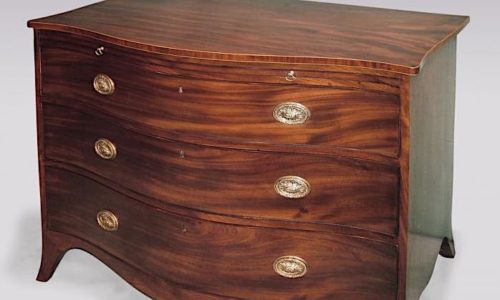
Hepplewhite created unique, at times distinctive, sub styles within the Neoclassical furniture design movement. The chest of drawers above, is an example of a serpentine sub style within Hepplewhite’s work, where sets of draws and cabinets had elegant curving and distinctive, almost wave like fronts.
Hepplewhite designs often also feature strong reference to classism. They featured reliefs, paintings and inlays, of urns, festoons, and other classical motifs. His designs were curvilinear and well balanced. Not perhaps quite as delicate and straight as Sheraton, but delicate and distinctive non the less.
Hepplewhite furniture is not exclusively, but more likely to be of mahogany with lighter inlays, than Sheraton, whose makers favoured lighter woods.
A unique selection of antique furniture for sale.
He was greatly influenced by the great Robert Adams. His chair legs were often squared, sometimes tapering to a narrow point, to represent the pillars of antiquity favoured by Adam et al, but not exclusively.
Hepplewhite is perhaps most famous for distinctive shield back chairs, with back splats in the shape of shields and hearts. These shield back chairs, whether made in Georgian times, or today, are said to be in the Hepplewhite style.
Where they have arms, they often have a distinctive curved shape as displayed in the right hand piece in this photograph. These are classic pieces in the Hepplewhite style.
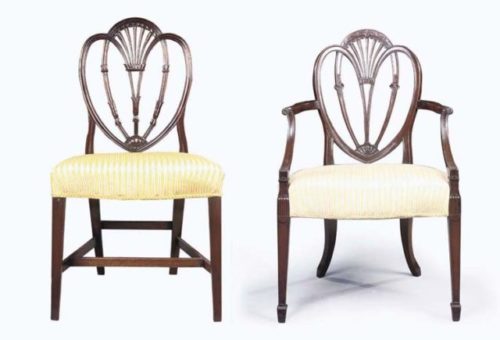
What I personally love most about Hepplewhite is his classic and sturdy mahogany wardrobe design. There is a simplicity, utility and elegance about late 18th century wardrobes generally, that mark a departure in English furniture design.
This Georgian wardrobe here at Nimbus, is a classic example, not of Hepplewhite, but of this elegant Georgian style, informed by the new taste for classicism as the end of the more elaborate Rococo period.
Hepplewhite cabinets, bureau’s and consoles often bare a similar sturdy and economic style, with mahogany often being used as a base wood with simple, inlaid square frames of a lighter wood, setting off the panels of doors and draws beautifully.
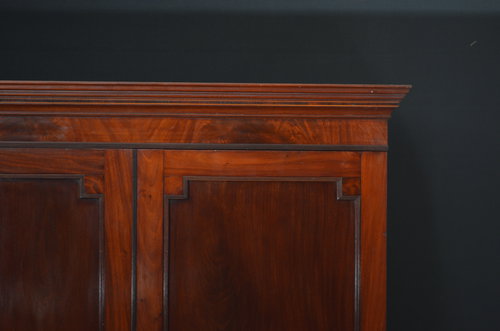
Some of his more delicate side tables, were designed to be made in lighter woods, such as satinwood. Here they become harder to distinguish from Sheraton design, and Sheraton was most scathing about Hepplewhite in his one of his publications. There seems to have been a rivalry perhaps.
Hepplewhite also notably designed serpentine style settees, but again they were vastly more simple, than the earlier Rococo designs, that were falling out of fashion in the great houses during the last part of the 18th Century.
So again they marked an important design departure, often featuring the trademark Hepplewhite curving arms and tapering legs.
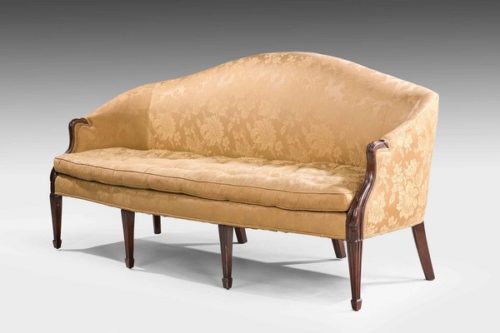
Many of Hepplewhite designs did seem to borrow heavily from his contemporaries. However there is a uniqueness, simplicity and elegance to some of the designs, with their tapering legs, and distinctive arms and back splats; that set them apart.
These elements represent a different sub style. A style that has continued in popularity, even in our modern era.
There was an 1880s revival in Hepplewhite design. These later pieces, now antique also, aren’t quite as finely crafted as their Georgian counterparts, which are highly sort after and priced accordingly, but can be very attractive non the less.
Whoever the mysterious George Hepplewhite was, or wasn’t, they undoubtedly left a strong legacy. Hepplewhite designs are not only still replicated today, but echoes of these ideas are still felt within modern furniture design.
Hepplewhite design has really stood the test of time, and late Georgian furniture still sits beautifully alongside a range of styles in a modern home.
A specially selected range of some of the finest Antique Georgian furniture can be found here at the Nimbus Antiques, where we have a friendly team of antiques and interiors specialist available to advise.
A unique selection of antique furniture for sale.
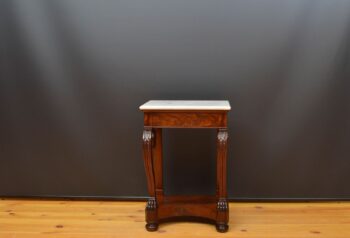 Antique mahogany console table
£2,250.00
Antique mahogany console table
£2,250.00
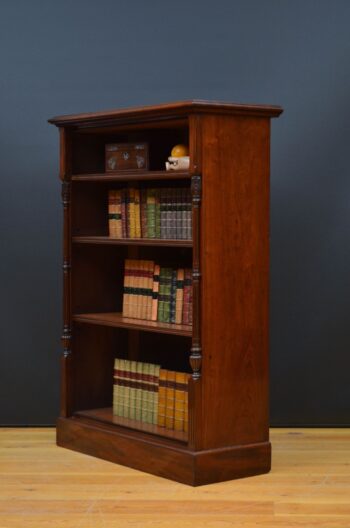 Victorian mahogany open bookcase
£1,685.00
Victorian mahogany open bookcase
£1,685.00
 Victorian Walnut Open Bookcase
£1,650.00
Victorian Walnut Open Bookcase
£1,650.00
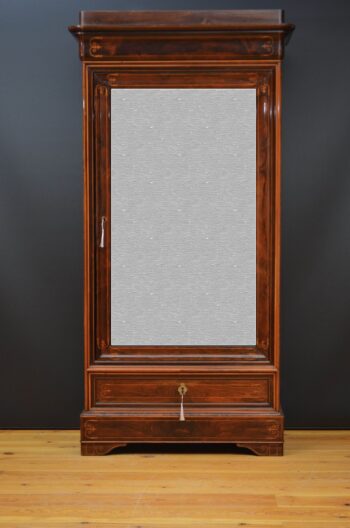 Antique French Rosewood Wardrobe or Bookcase
£2,500.00
Antique French Rosewood Wardrobe or Bookcase
£2,500.00
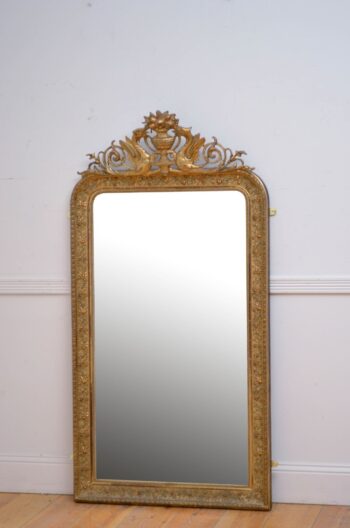 French 19th Century Gilded Pier Mirror H161cm
£2,600.00
French 19th Century Gilded Pier Mirror H161cm
£2,600.00
| Cookie | Duration | Description |
|---|---|---|
| cookielawinfo-checbox-analytics | 11 months | This cookie is set by GDPR Cookie Consent plugin. The cookie is used to store the user consent for the cookies in the category "Analytics". |
| cookielawinfo-checbox-functional | 11 months | The cookie is set by GDPR cookie consent to record the user consent for the cookies in the category "Functional". |
| cookielawinfo-checbox-others | 11 months | This cookie is set by GDPR Cookie Consent plugin. The cookie is used to store the user consent for the cookies in the category "Other. |
| cookielawinfo-checkbox-necessary | 11 months | This cookie is set by GDPR Cookie Consent plugin. The cookies is used to store the user consent for the cookies in the category "Necessary". |
| cookielawinfo-checkbox-performance | 11 months | This cookie is set by GDPR Cookie Consent plugin. The cookie is used to store the user consent for the cookies in the category "Performance". |
| viewed_cookie_policy | 11 months | The cookie is set by the GDPR Cookie Consent plugin and is used to store whether or not user has consented to the use of cookies. It does not store any personal data. |